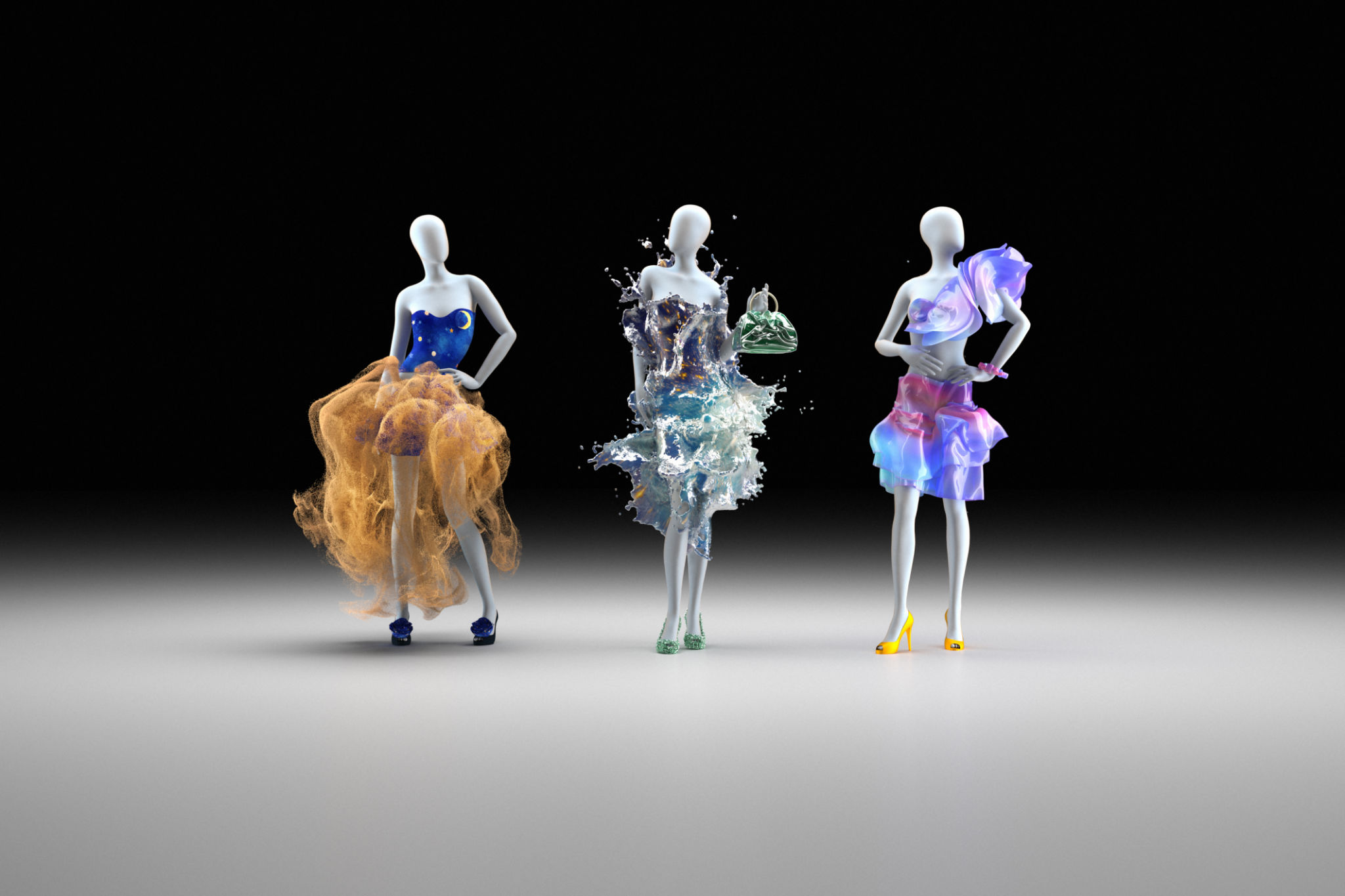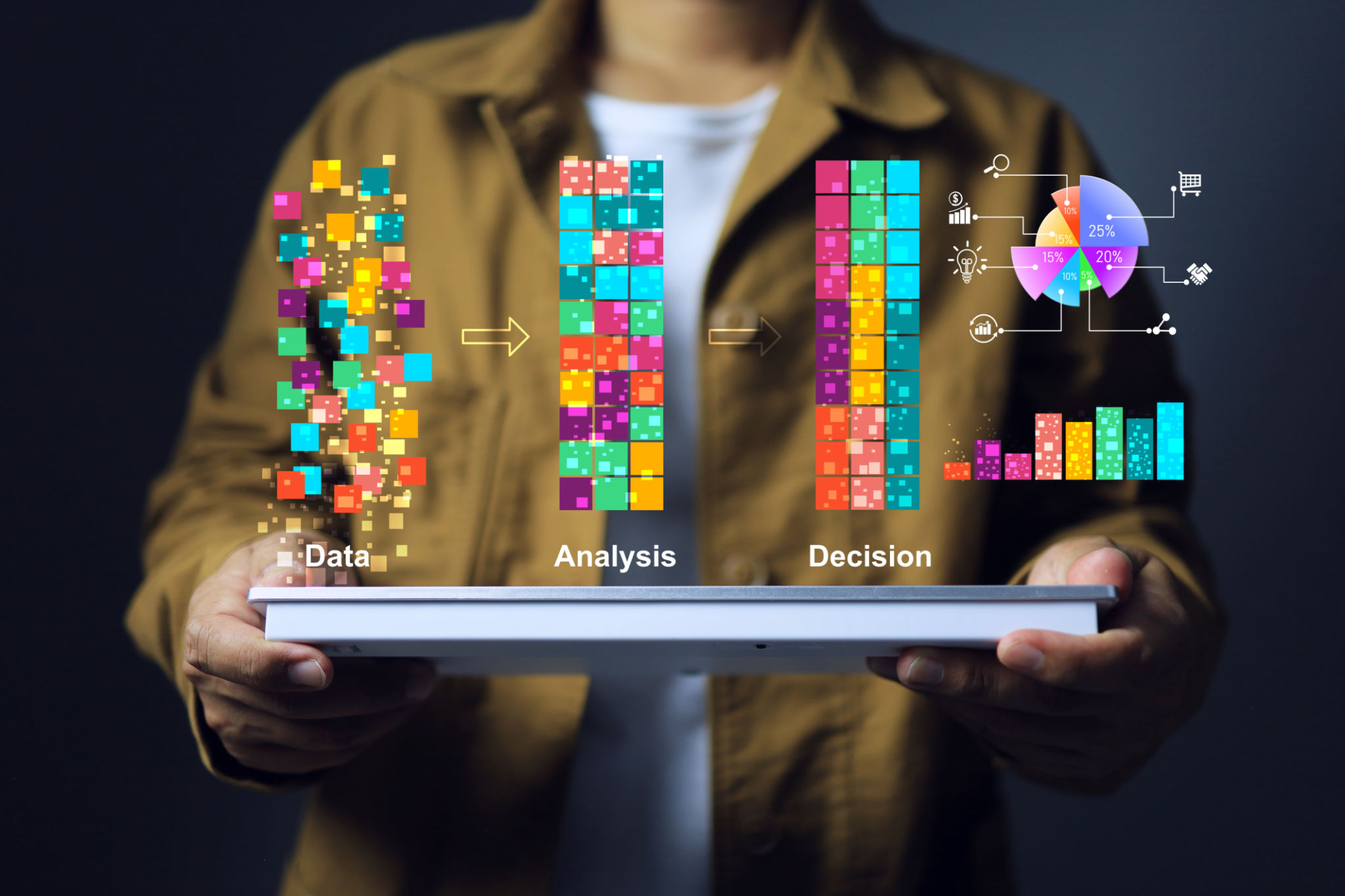How Virtual Try-On Technology is Revolutionizing Fashion Retail
Introduction to Virtual Try-On Technology
In recent years, virtual try-on technology has emerged as a game-changer in the fashion retail industry. This innovative technology allows customers to try on clothes and accessories virtually, without needing to set foot in a physical store. As a result, it has transformed the shopping experience, providing convenience and enhancing customer satisfaction.
The rise of virtual try-on tools has been fueled by advancements in augmented reality (AR) and artificial intelligence (AI). These technologies work together to create realistic simulations of how clothing looks and fits on a user, leading to more informed purchasing decisions.

Enhancing the Online Shopping Experience
For online shoppers, one of the biggest challenges has always been the inability to physically try on items before purchasing. Virtual try-on technology addresses this issue by offering a realistic preview. By using a smartphone or computer camera, customers can see how a dress or pair of shoes looks on them in real-time.
This not only enhances the shopping experience but also reduces the likelihood of returns. With the ability to visualize fit and style more accurately, customers are more likely to be satisfied with their purchases, thus decreasing return rates and increasing brand loyalty.
The Role of Augmented Reality
Augmented reality plays a crucial role in the development of virtual try-on solutions. By overlaying digital images onto real-world views, AR enables customers to see products in their true form and context. This immersive experience helps bridge the gap between online shopping and physical retail, making it easier for consumers to make decisions.

Benefits for Retailers
The implementation of virtual try-on technology offers several benefits for retailers as well. Firstly, it provides a competitive edge in an increasingly digital marketplace. Retailers that adopt this technology can attract tech-savvy customers who value convenience and innovation.
Moreover, virtual try-ons can lead to higher conversion rates. When customers are confident about their choices, they are more likely to proceed with a purchase. This, combined with reduced return rates, ultimately boosts sales and profitability for retailers.
Data-Driven Insights
Another advantage for retailers is the opportunity to gather data-driven insights. Virtual try-on tools can collect valuable information about consumer preferences and behavior. Retailers can use this data to tailor their offerings and marketing strategies to better meet the needs of their audience.

The Future of Fashion Retail
As virtual try-on technology continues to evolve, it is expected to become an integral part of the fashion retail landscape. Future advancements may include even more personalized experiences, such as recommendations based on individual style preferences and body measurements.
Retailers who embrace this technology early on will likely enjoy a significant advantage over competitors. By providing an enhanced shopping experience that combines convenience, accuracy, and personalization, virtual try-on tools are set to revolutionize how we shop for fashion.
